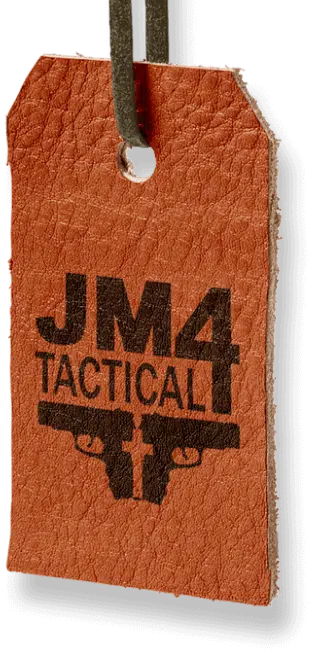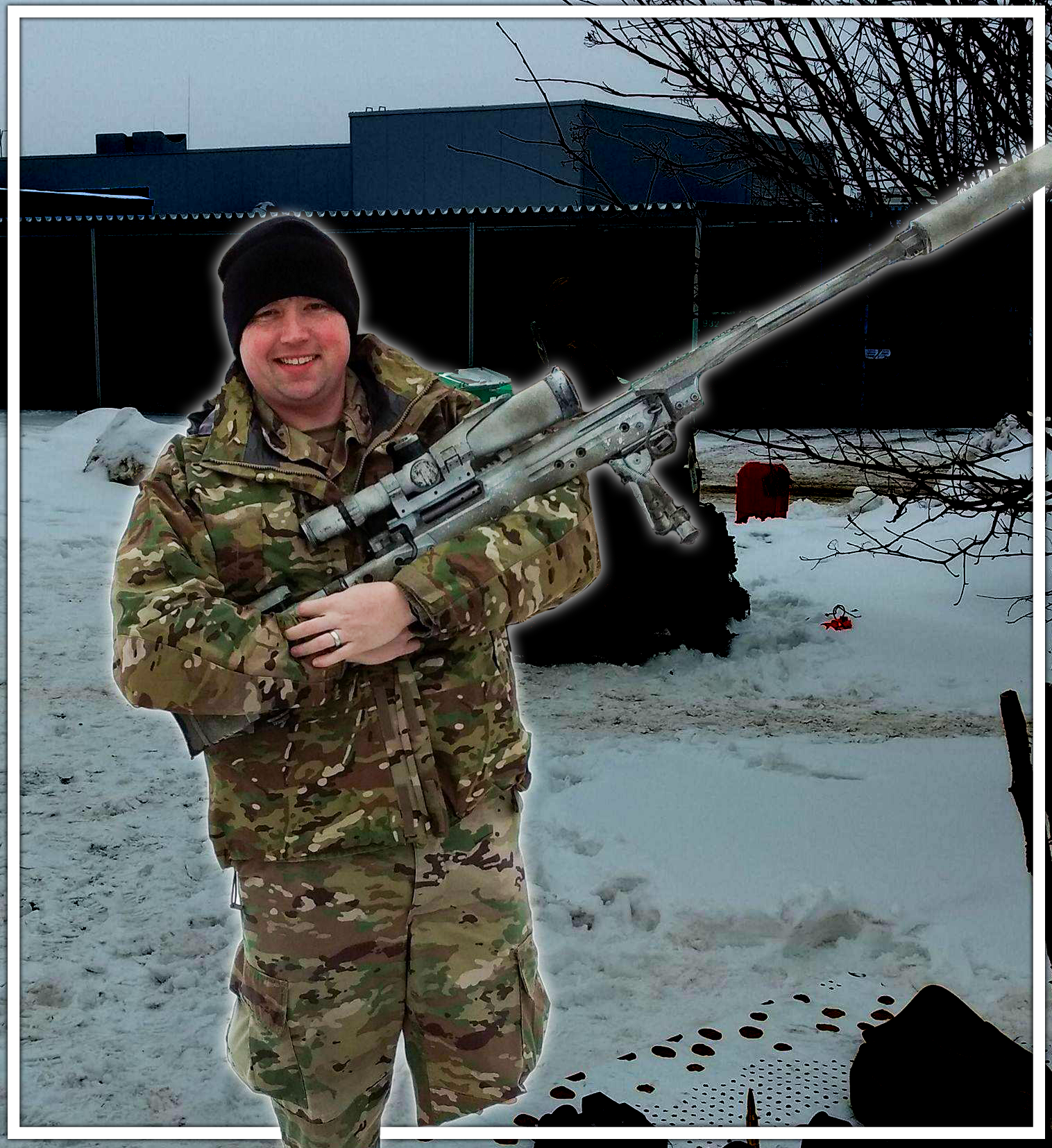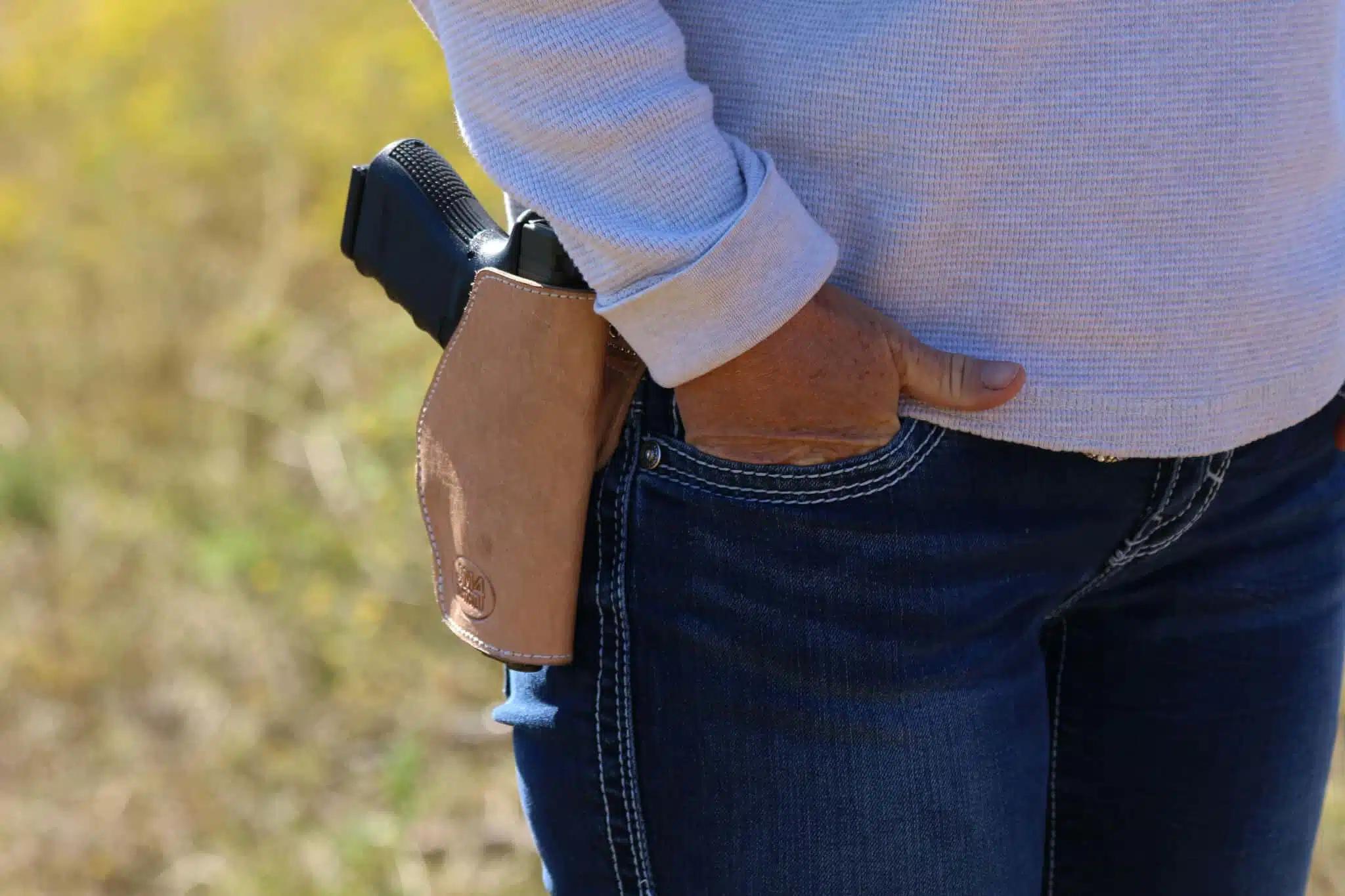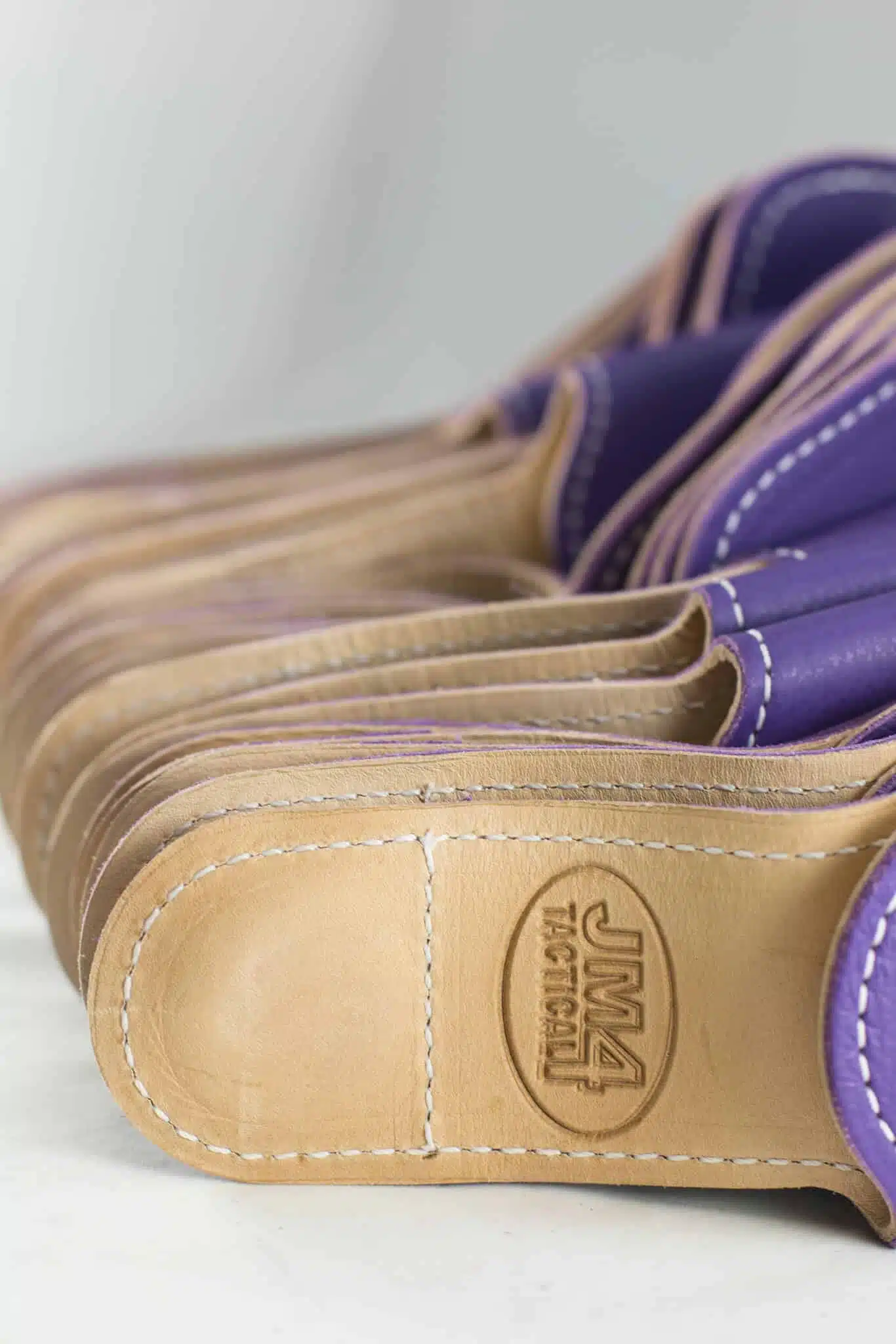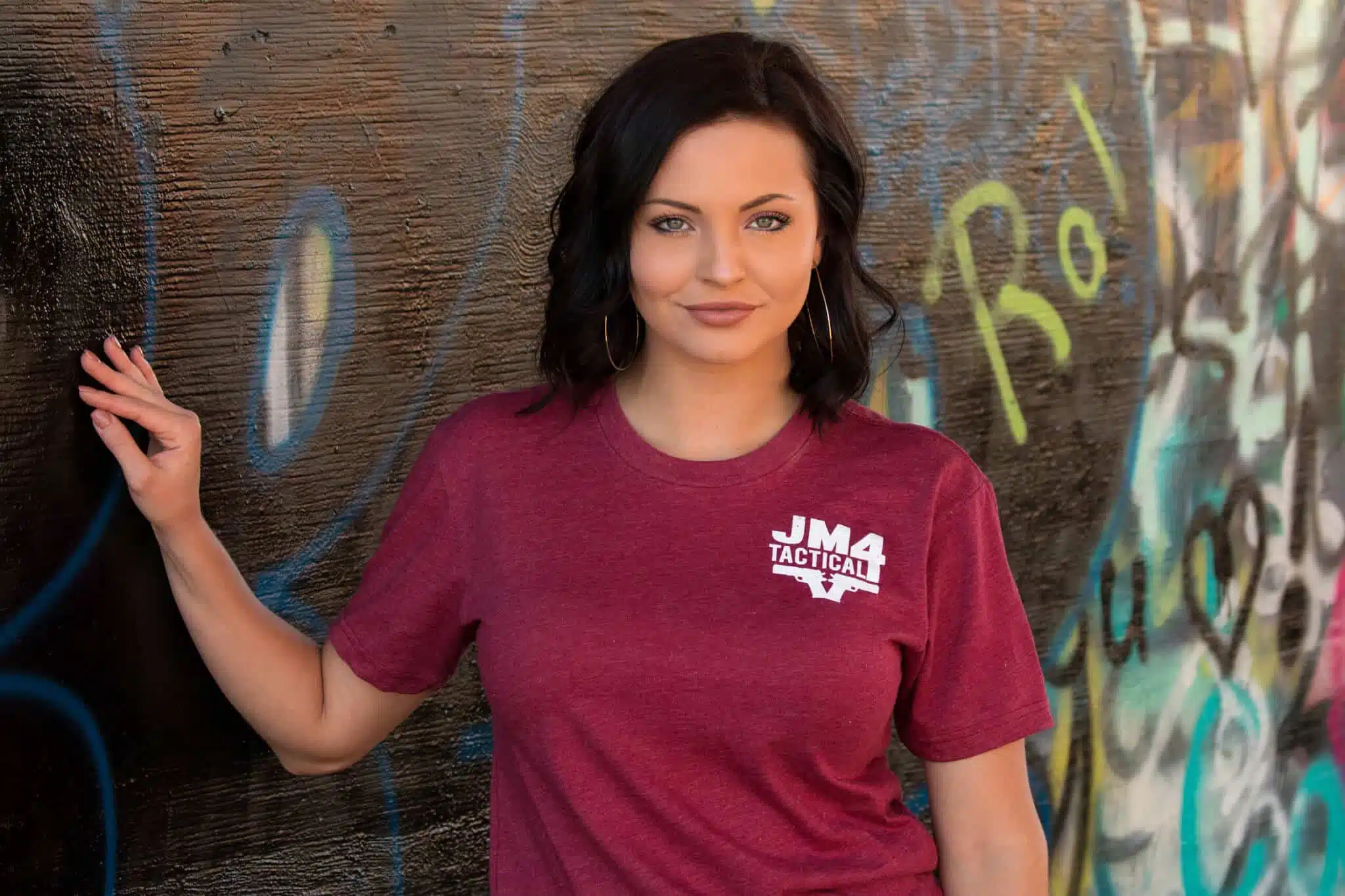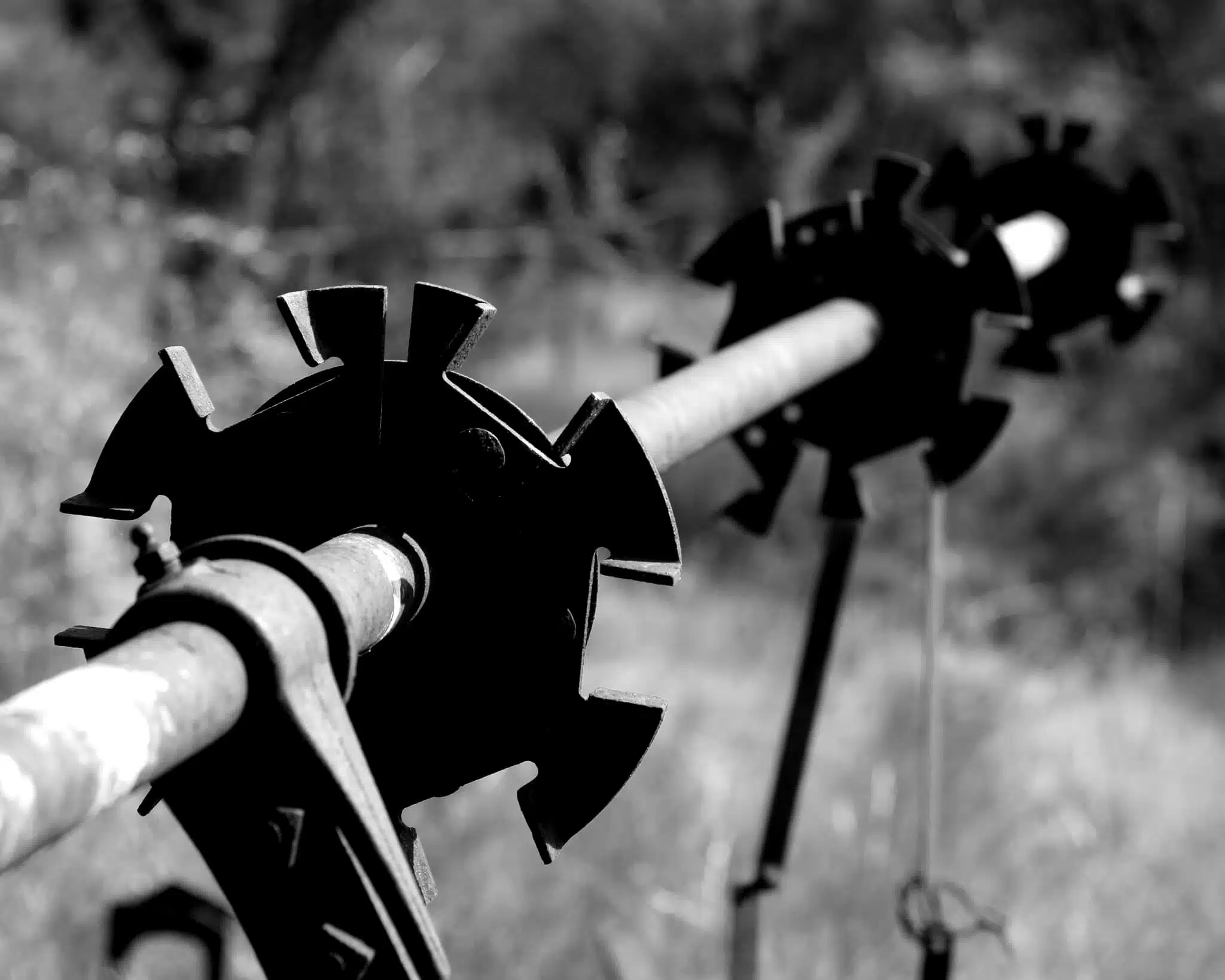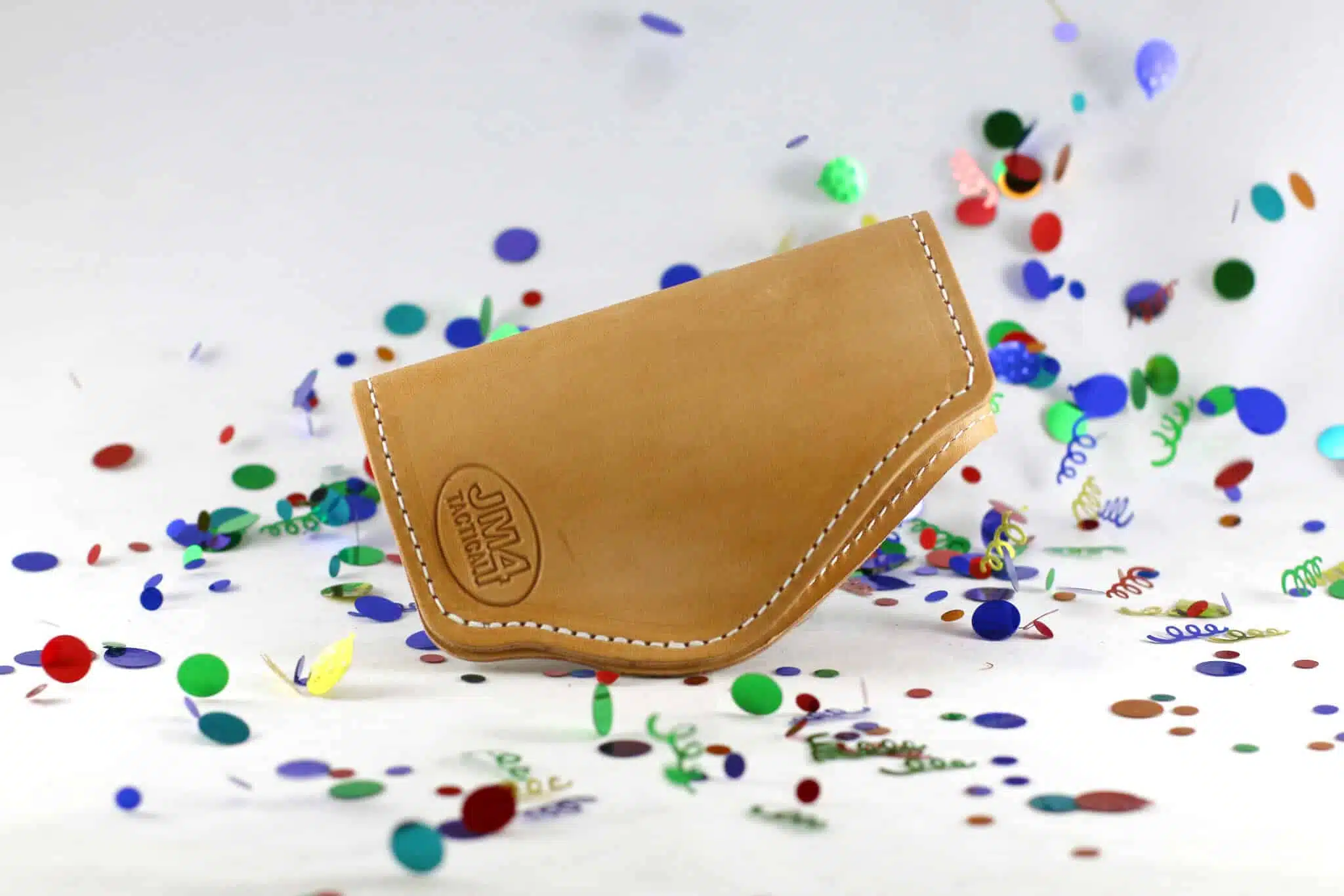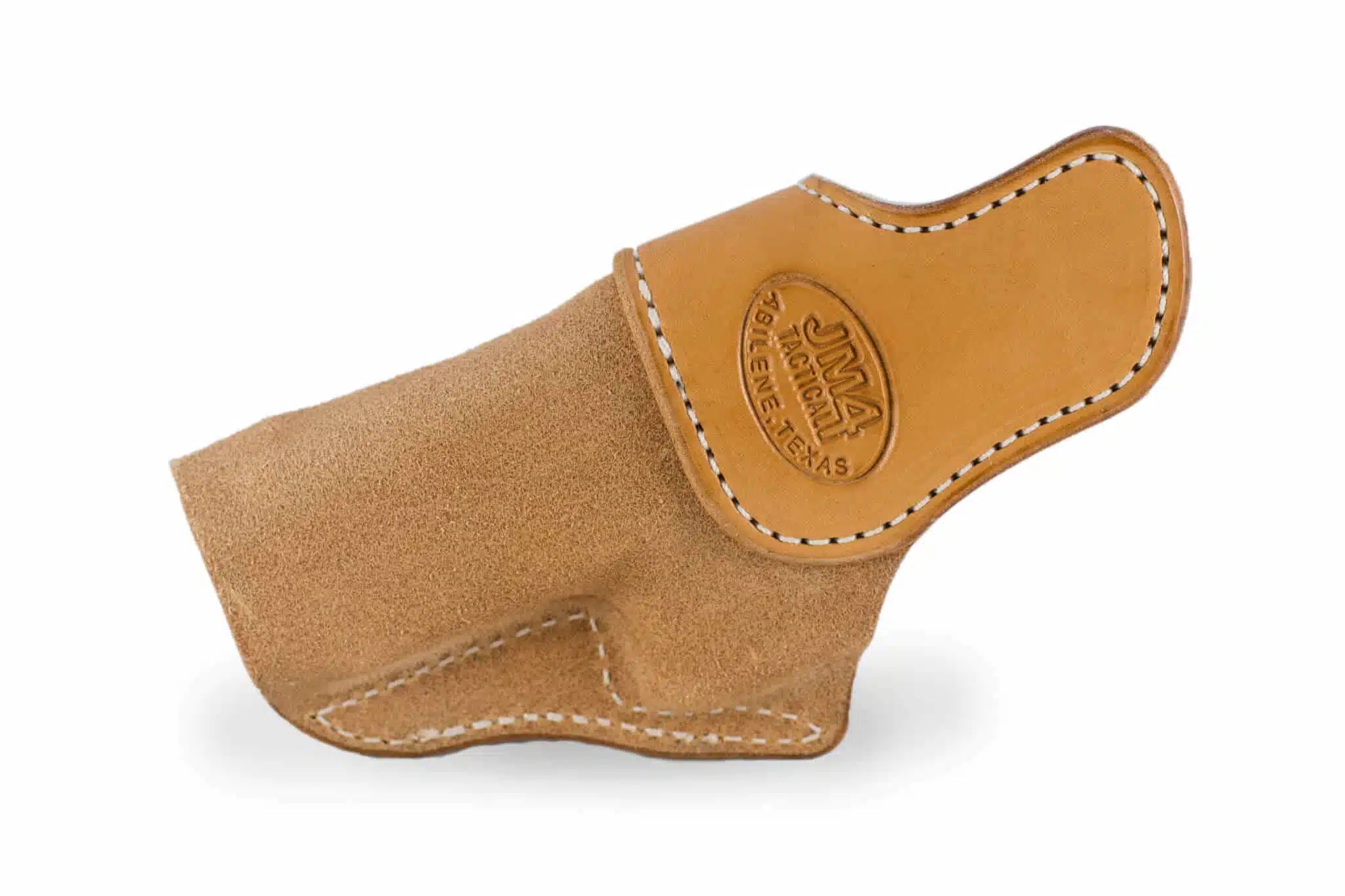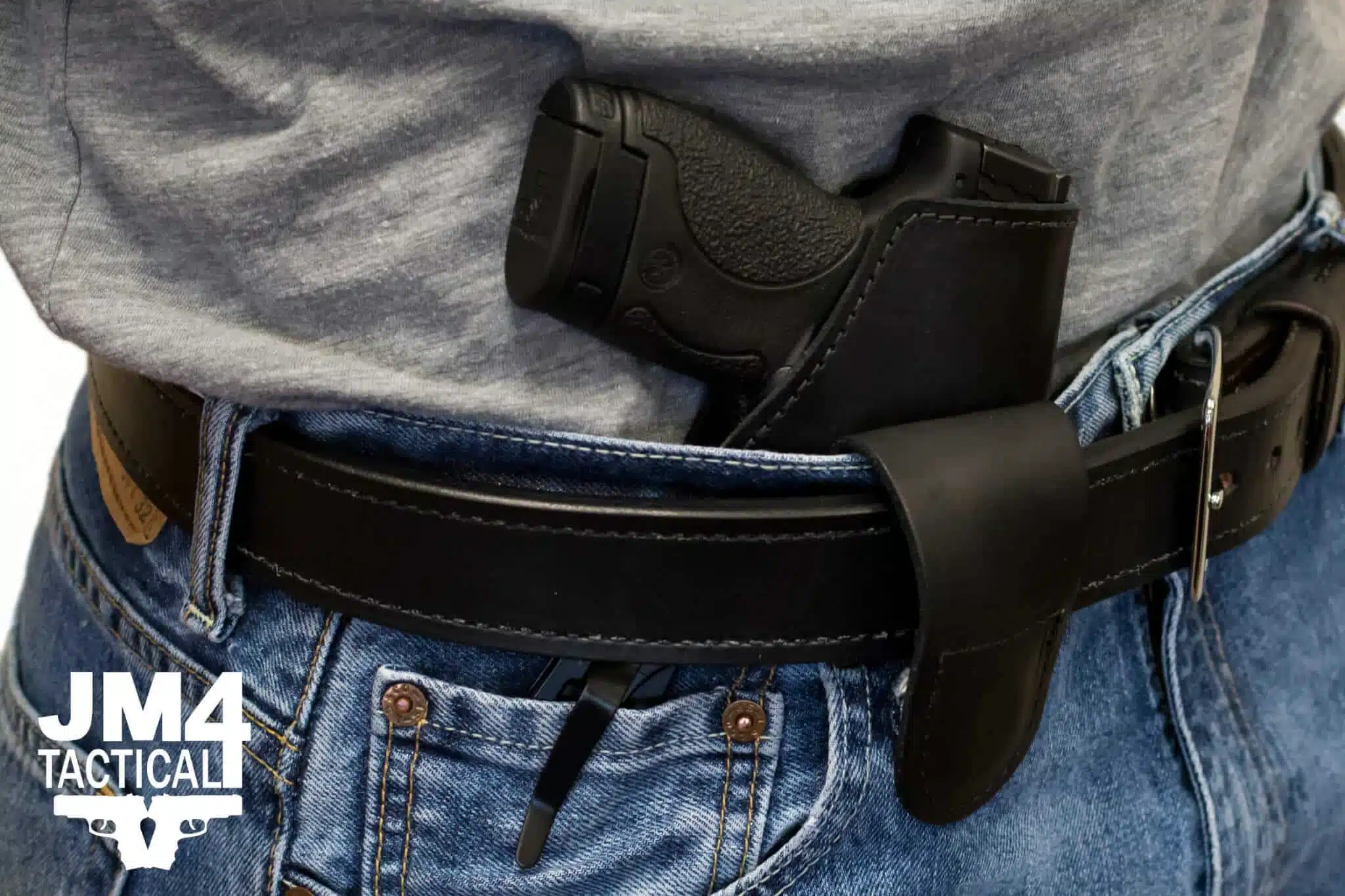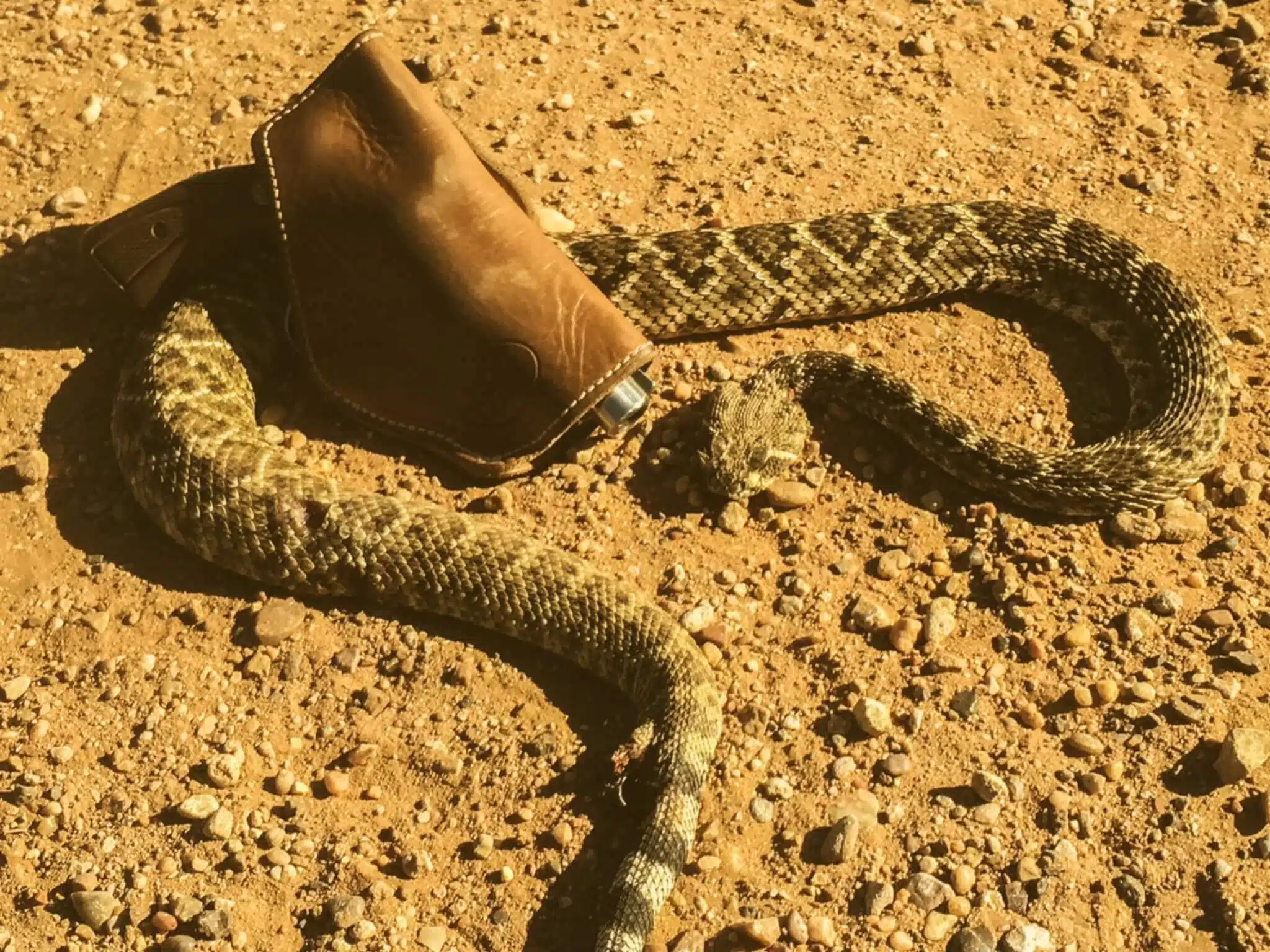Choosing The Right Armor

Choosing The Right Armor – I have often mentioned that having the capability to defend yourself is huge, but if you must fight, don’t fight fair. One of the things I am referring to in the self defense situation is increasing your odds of survival, of which having body armor may be a good choice for you, depending on when and where you need it. There are three types of armor currently being offered to civilians, and those are soft body armor which is predominantly Kevlar, steel body armor which is steel plate, and ceramic which is most similar to what military forces wear. So which one is right for you?
Soft armor is great when you don’t necessarily want people to know you might be prepared or protected. Some people would call this grey man, others would call it operational security, I would call it not showing all of your cards. Handguns are typically the weapon of choice for most crime do to their concealability so they don’t draw attention, and most soft armor will stop typical handgun threats. Now it is important to note, I said MOST not all….and there can be significant blunt trauma from the kinetic energy from that round to your body, but you should survive that. A great example of hidden in plain sight would be our backpack armor offered here, as it is utilitarian (not just armor but also a backpack) and no one knows until you wear it, what you might have. Downside to this armor is if you happen to run into someone with a rifle or an extremely fast round like a 5.7×28, this armor will not be as successful.
The budget option for most is steel armor plates. Typically, they are worn in an above the clothes manner, with either a plate carrier or full improved vest like the military sports. These plates are typically rated to NIJ Level III (some will advertise 3+ but that is a company ranking not an legitimate one) that should be rated up and through most rifle rounds excluding armor piercing. Some that are touted as III+ are reported to stop m855 or green tip 5.56mm rounds or 308 Winchester rounds. Pros are they are usually affordable and get people into the game, and they have a long shelf life of somewhere around 20 years. Cons are they are very heavy in comparison, and some can spall badly. Spalling is where the copper and lead jacket hit the steel plate and shatter the round, sending debris of the round in all directions, potentially hitting the individual wearing the vest and putting them out of the fight.
Finally we get to ceramic, which are typically rated level IV and depending on the company are rated to stop up to a 30-06 armor piercing round. As 30-06 is not nearly as popular in days of late, as well as AP is extremely cost prohibitive, I would count these as less than likely, however it will also stop green tip with no issues, which is a plus. It is also significantly lighter than steel, and there is no risk of spalling. So what are the downsides? Cost of the plates are usually the big one, as well as its great to soak up those initial rounds but then the plate is useless, where as steel could still be ok to use (if the spalling didn’t get you). Also, most companies only advertise a five year shelf life.
So, what one is right for you? Well, if you are looking to have just in case something goes bump in the night or want one for a non-permissive carry environment like school or work, the backpack soft armor we have here would be right up your ally. If you are doing a lot of physical training with it (great workout FYI), want a long shelf life, and a decent cost per unit I would say steel is good. If you think its WWIII and you can afford to replace for your family of four every 5 years and you expect to get in some serious stuff, ceramic might be a good call.
Also be sure to check out JM4 Tactical for your holster & coffee needs!
Author: Ian Bolser
